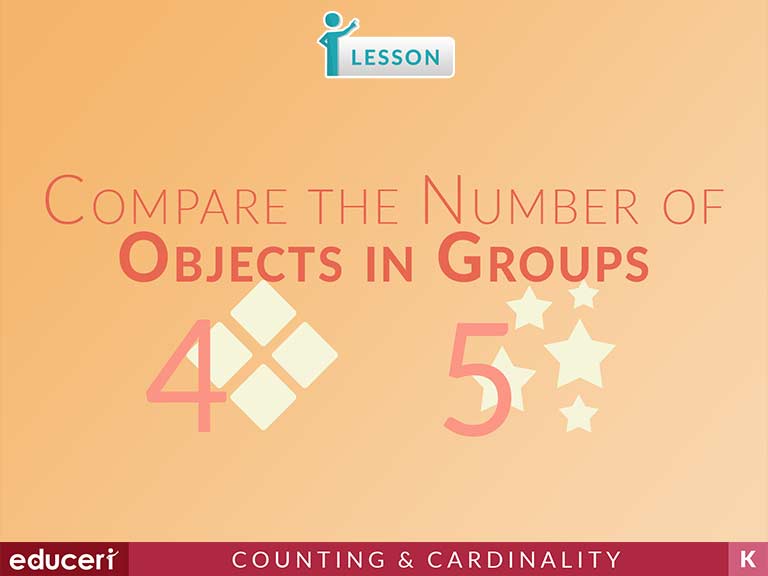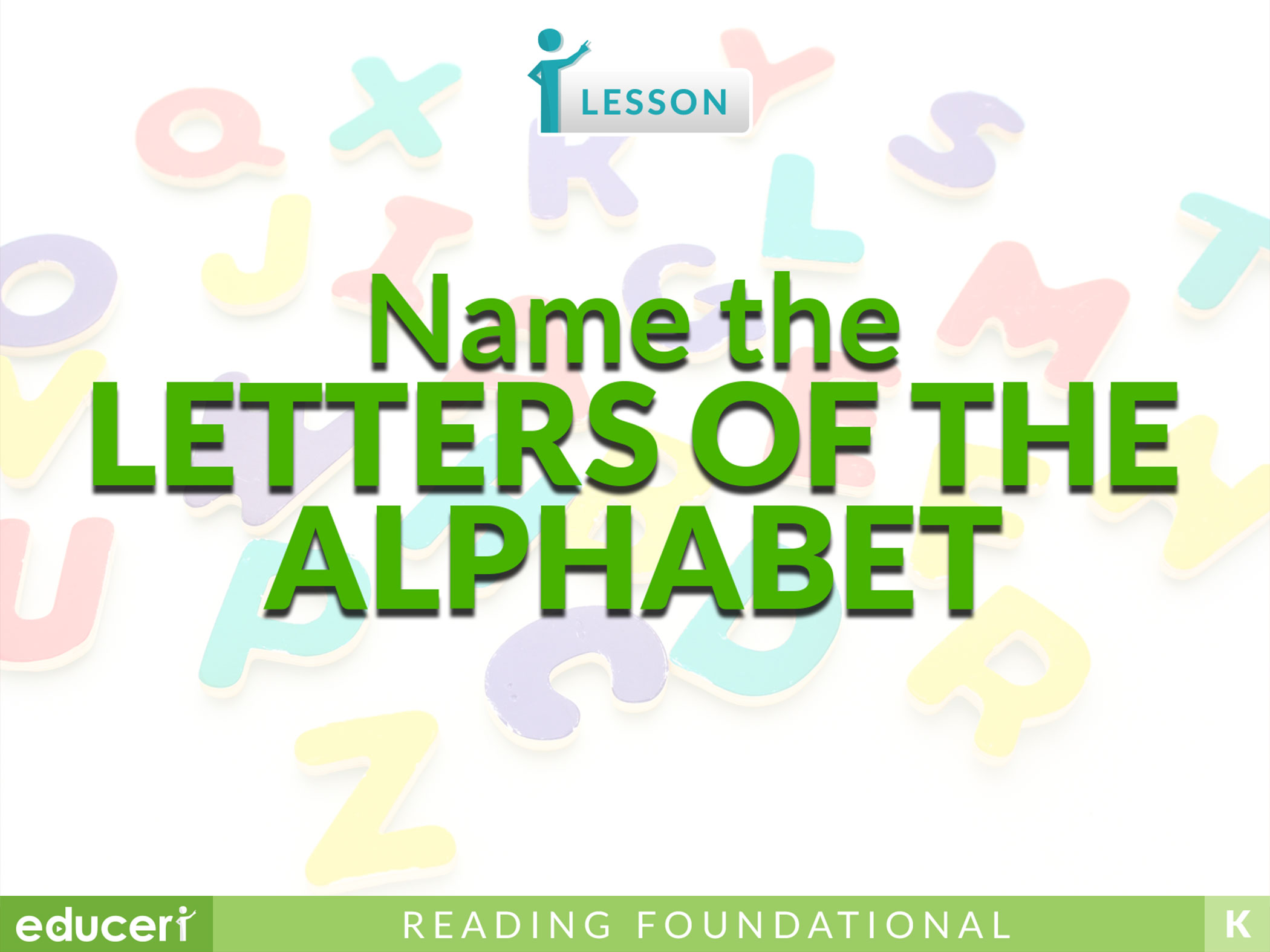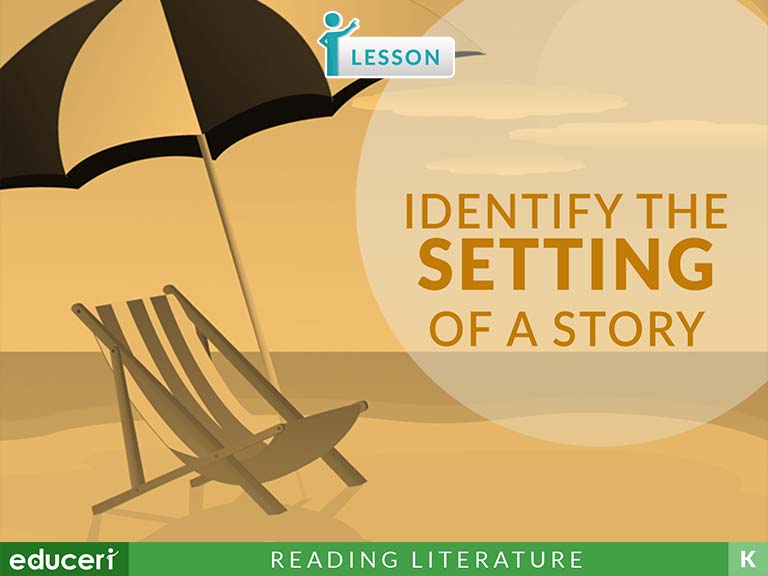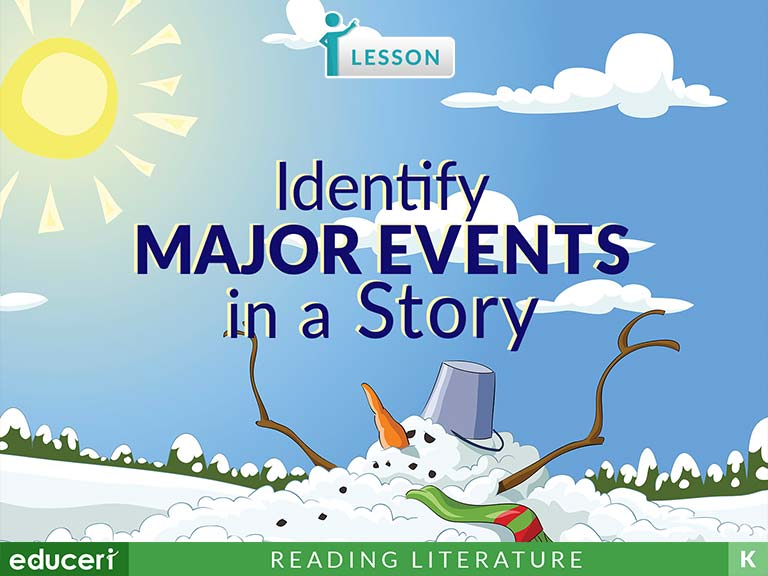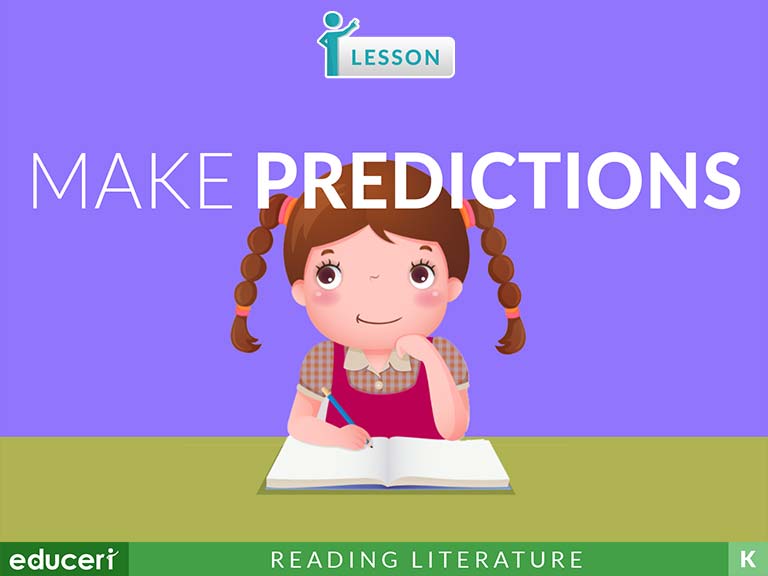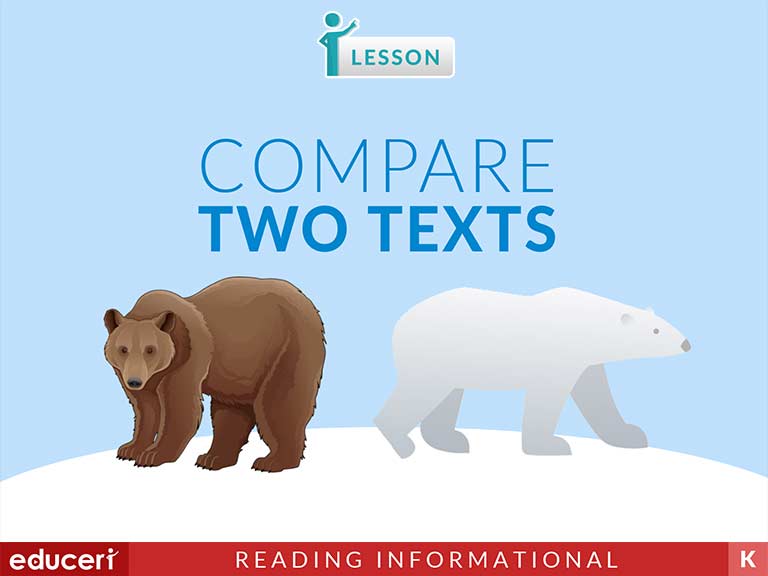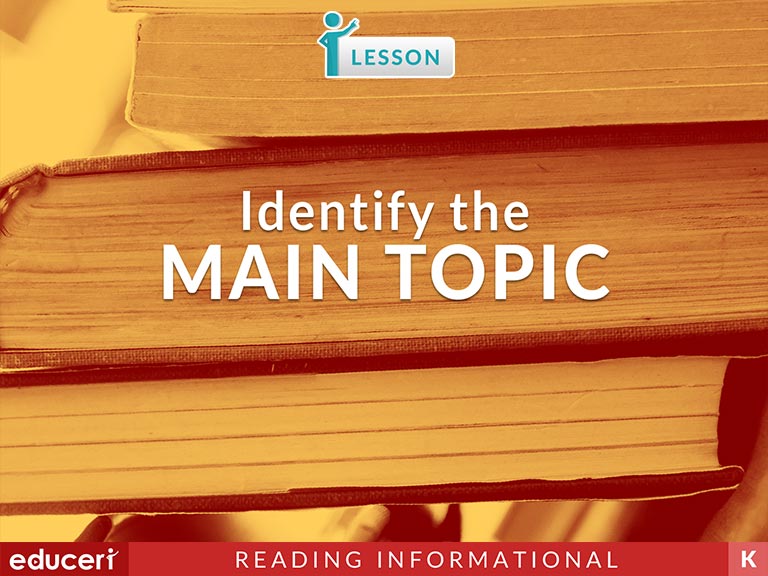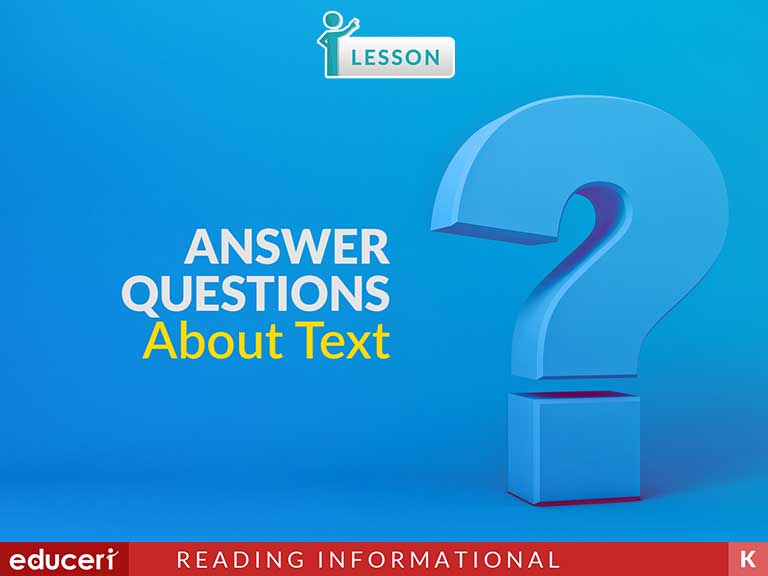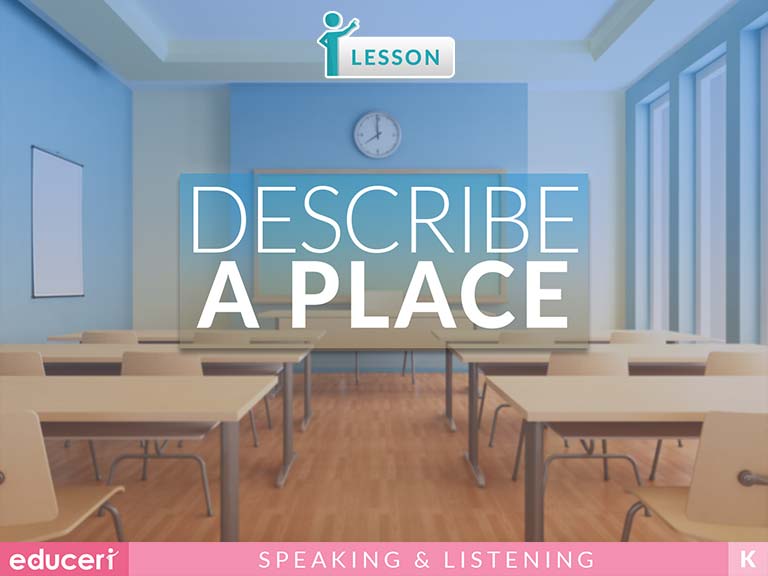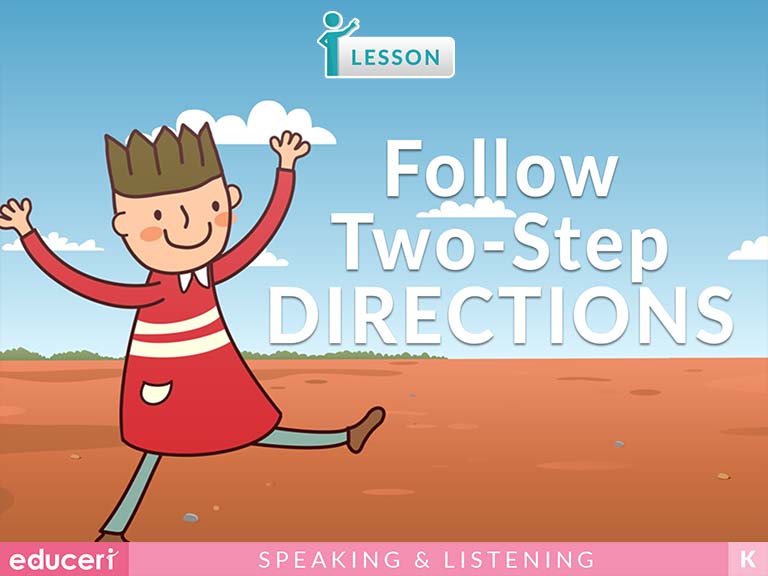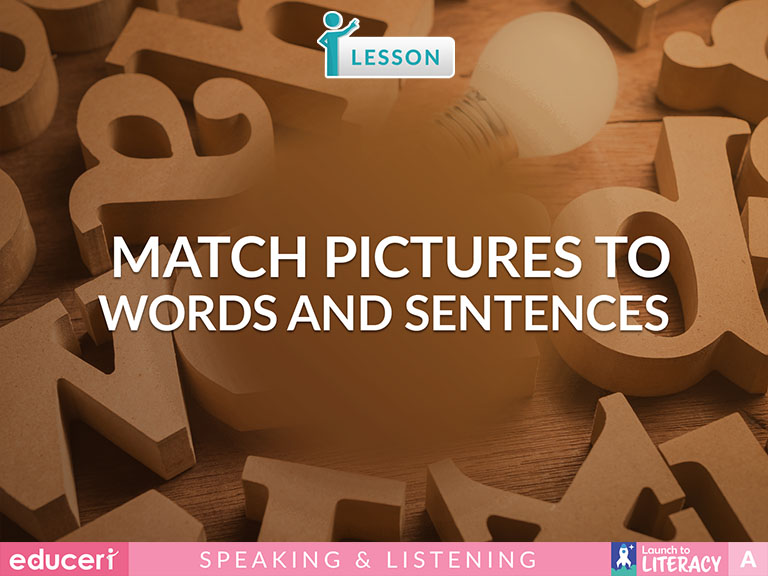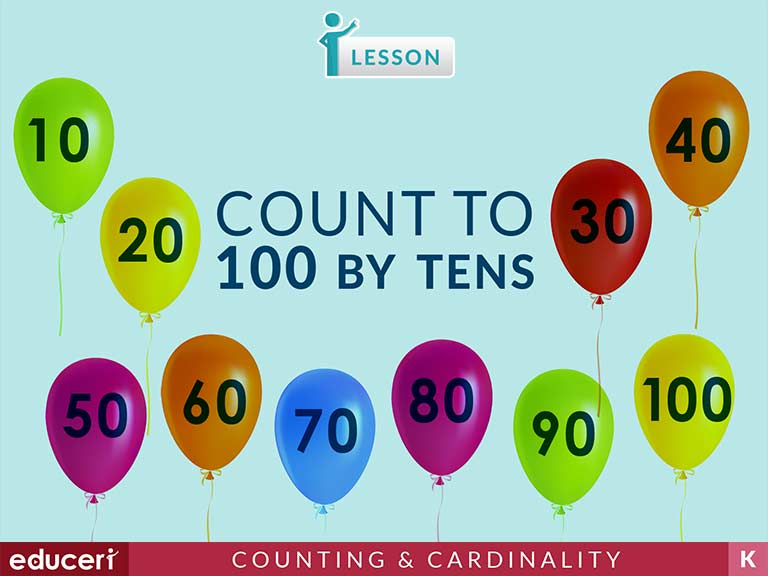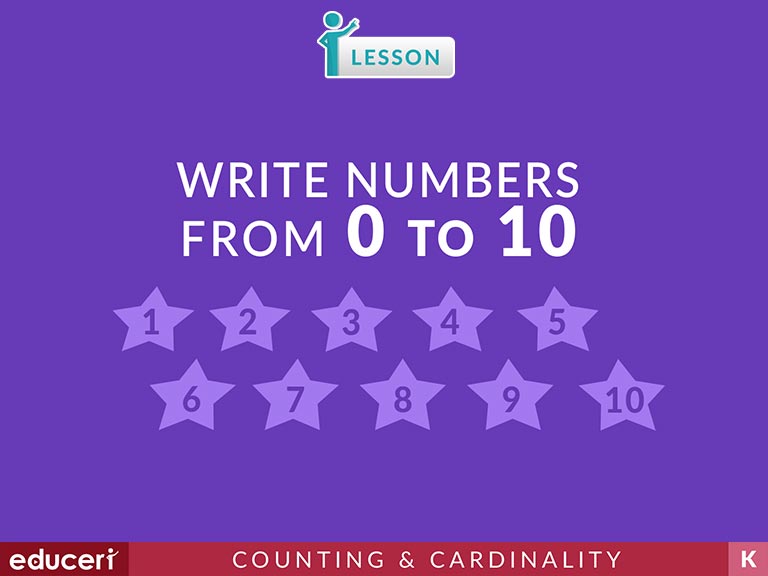All Lessons
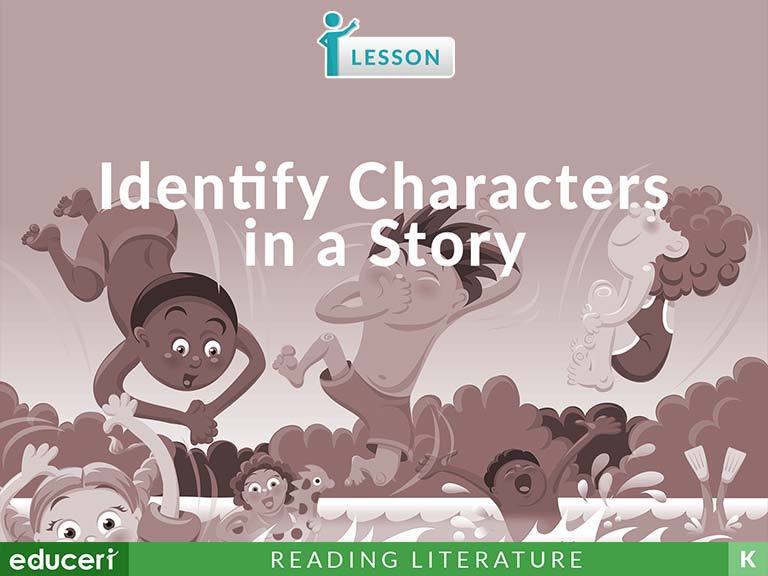
Identify Characters in a Story
This reading comprehension lesson focuses on identifying characters in a narrative story. The lesson is intended to be taught as a read-aloud, with Independent Practice and Periodic Reviews to be teacher guided. The lesson includes research-based strategies and strategic questions that prepare students for assessments.
Share This Lesson
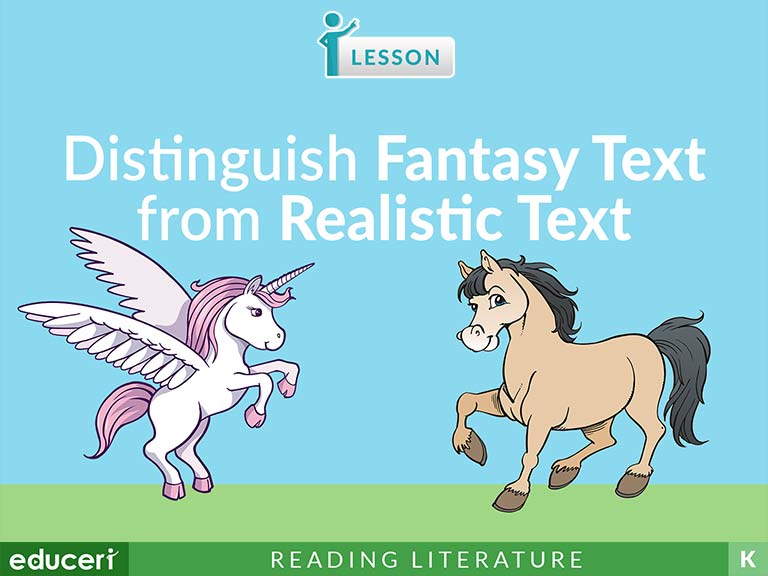
Distinguish Fantasy Text from Realistic Text
This literary response and analysis lesson covers the distinction between fantasy and realistic text. The lesson includes research-based strategies and strategic questions that prepare students for assessments. In this lesson, students will distinguish if the text is fantasy or realistic, based on whether an event can happen in real life or not. In addition to the lesson, there are eight pages of Independent Practice and review with questions modeled after current adaptive testing items.
Share This Lesson
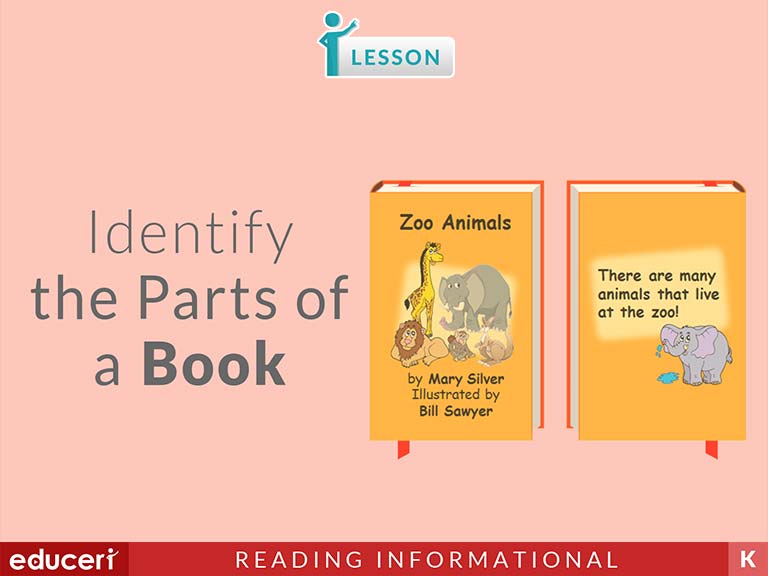
Identify the Parts of a Book
This craft and structure lesson is focused on identifying parts of a book. The lesson includes research-based strategies and strategic questions that prepare students for assessments. In this lesson, students will identify the different parts of a book, including author and/or illustrator. In addition to the lesson, there are multiple pages of independent practice and review. Consider incorporating actual books from around the classroom. This will give you more of a variety of what the students will see.
Share This Lesson

Write About an Experience
W.K.3 Use a combination of drawing, dictating, and writing to narrate a single event or several loosely linked events, tell about the events in the order in which they occurred, and provide a reaction to what happened.
W.K.8W.K.8 With guidance and support from adults, recall information from experiences or gather information from provided sources to answer a question.
This writing strategies lesson focuses on writing about an experience. The lesson includes research-based strategies and strategic questions that prepare students for assessments. In this lesson, the teacher reads an experience, then asks students to write about a similar experience that happened to them. They can draw a picture of the experience to help them remember. In addition to the lesson, there are four pages of Independent Practice and review.
Share This Lesson
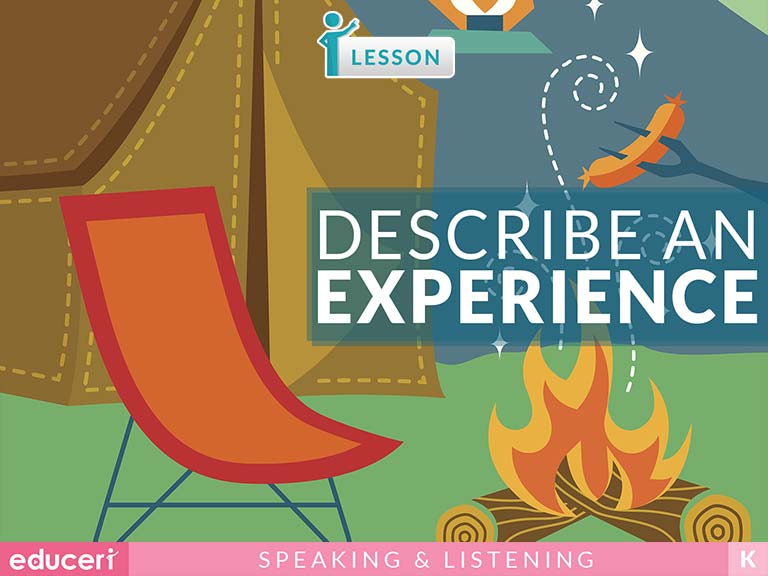
Describe an Experience
Share This Lesson
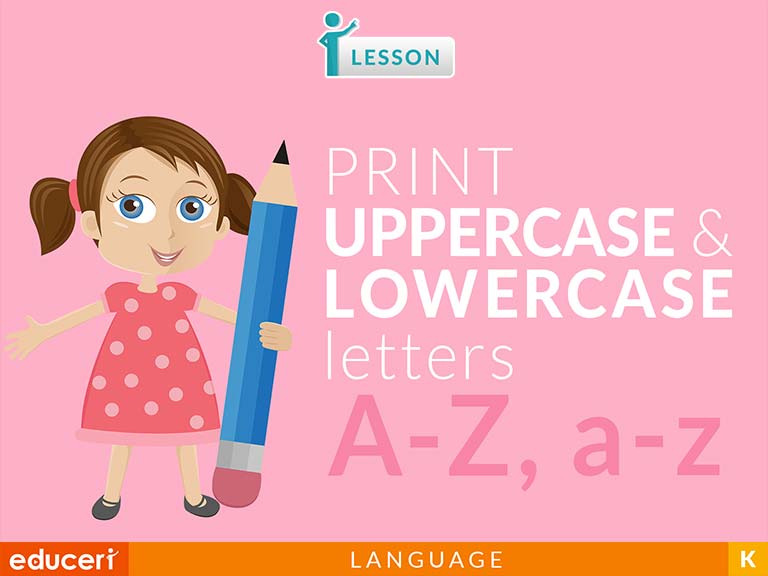
Print Uppercase & Lowercase Letters
This concepts of print lesson requires students to practice the printing of upper and lower-case letters. The lesson includes research-based strategies and strategic questions that prepare students for assessments. Unlike most EDI lessons, these lessons do not have Independent Practice and Periodic Review for the students to perform individually. Each letter includes a short Concept Development followed by Guided Practice; as a result, each page is labeled with the corresponding letter (e.g., Concept Development: A, Skill Development/Guided Practice: J, etc.). These lessons can be done in any order and are currently arranged in alphabetical order.
Share This Lesson
